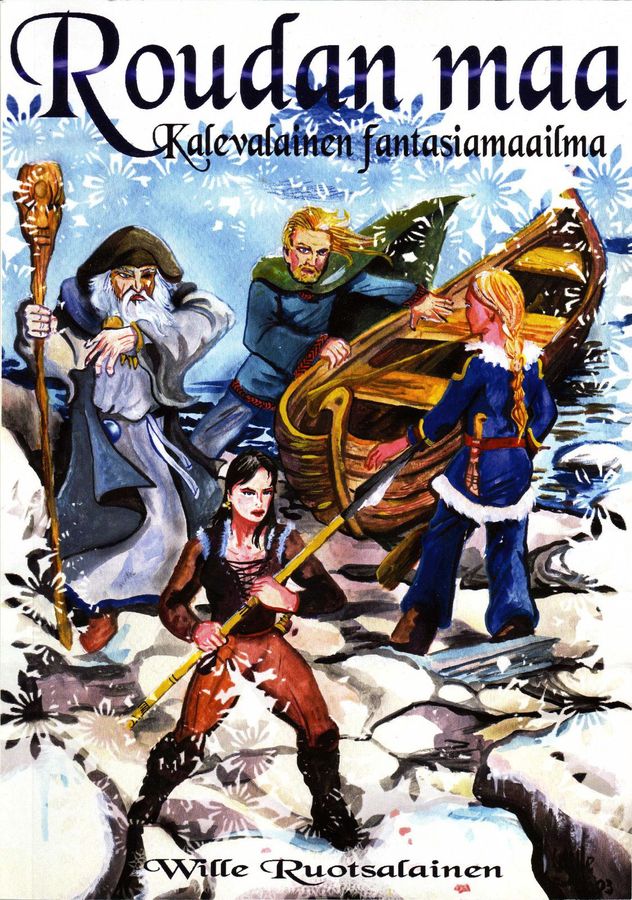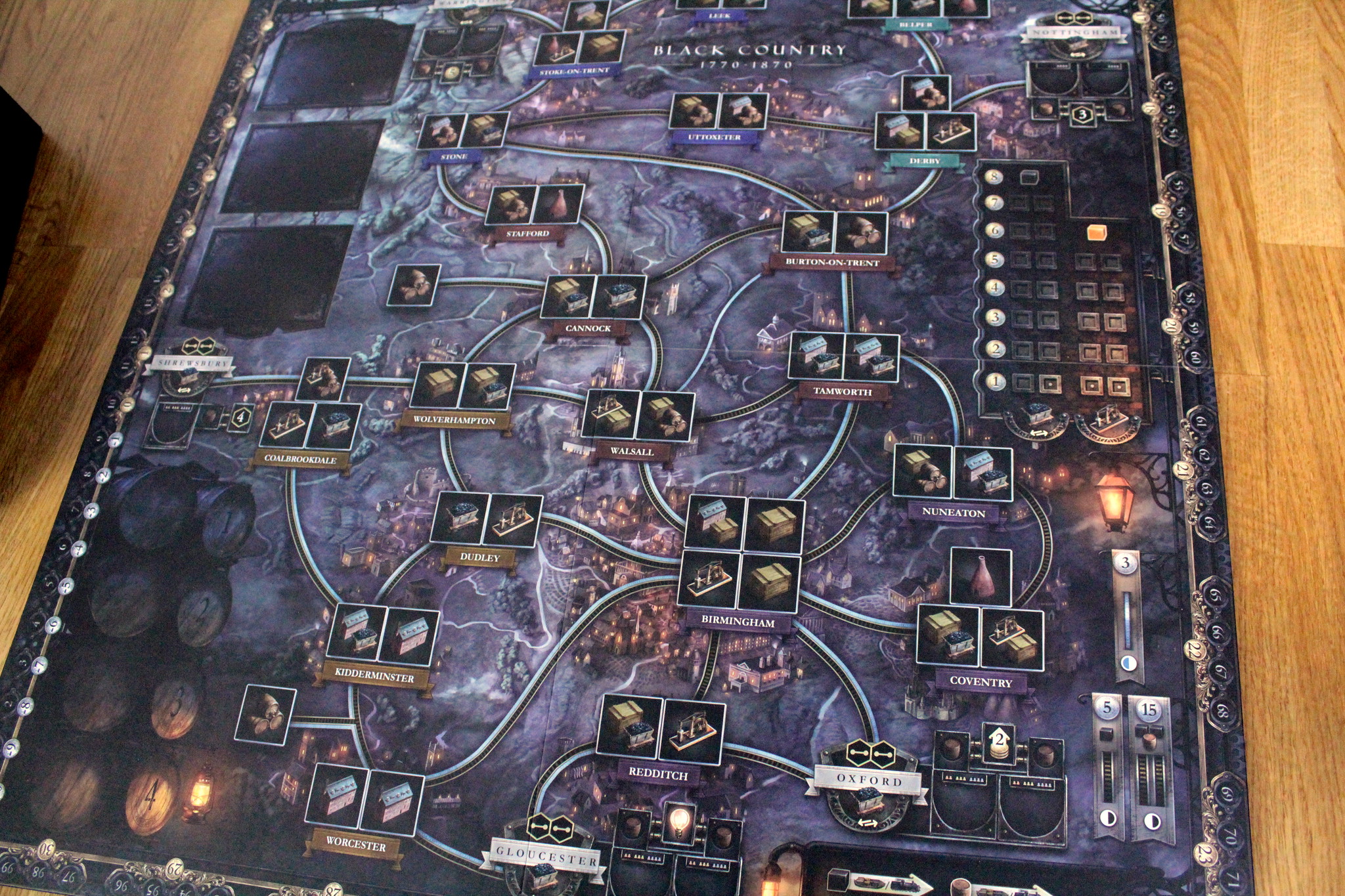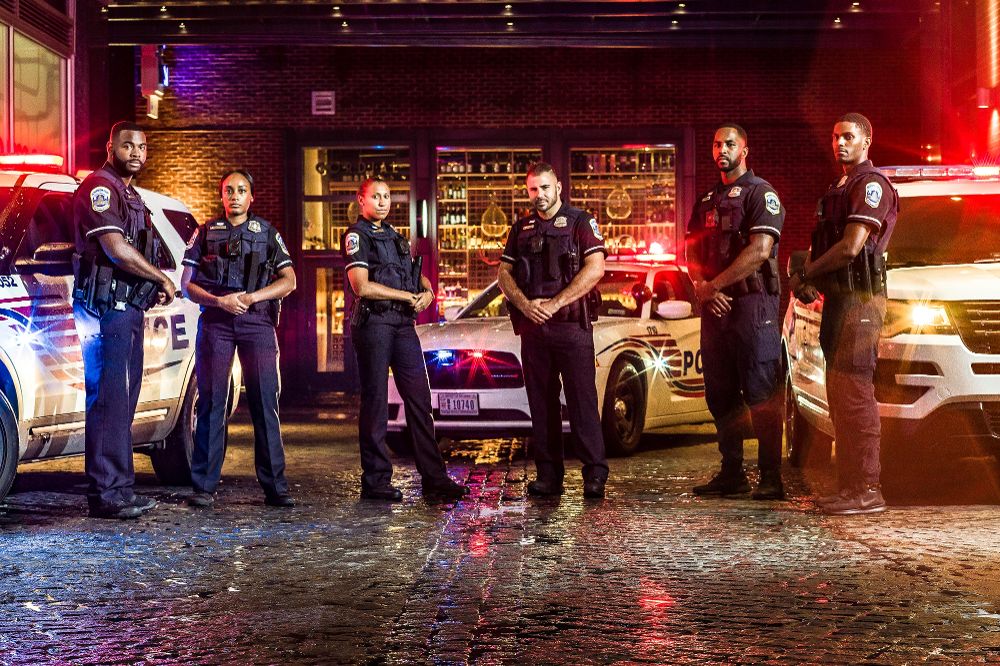My top 5 games of 2021
Inspired by the excellent Eggplant podcasts episode presenting their top 5 games for the year, here is my list. With my game design insights from each game.
This list is not comprised of games that were released in 2021, but rather games I enjoyed playing the most in 2021.
Number 5: The Bloody-Handed Name of the Iron and Snow campaign

The first entry, at number five, in this list is my table-top role-playing group’s campaign of Joshua A.C. Newman’s The Bloody-Handed Name of Bronze. The idea for the campaign came from my mate Matti who suggested a pseudohistoric campaign set in iron age Finland (meaning of course the area of current nation of Finland, which did not exist in the iron age).
We created the setting by playing two sessions of Microscope (by Ben Robbins) and after that decided to try using The Bloody-Handed Name of Bronze for the actual campaign. Our last try of that game did not really fly so I wass pleasantly surprised that it wass a good match with our chosen setting and our playing style this time.
We leaned heavily on Wille Ruotsalainen’s Roudan maa (The Kalevala fantasy setting) setting book for setting inspiration. We had four players, each one taking turns playing the story of their protagonist, either a fated Kalevala hero or wise and wily namespeaker (tietäjä or soothsayer in English for an approximate Kalevala name).

Roudan maa by Wille Ruotsalainen
The tales we created were suitably epic and also hilarious sometimes. The Bloody-Handed Name of Bronze was well-suited for epic tales set in iron age Finland, Tapiola (the forest of fairies and pixies), Hiitola (the dark forest of goblins) and Tuonela (the realm of death).
My game design insight from this campaign: It is easier to create a game in a cultural context that you are more familiar with. We somewhat struggled with the standard setting of The Bloody-Handed Name of Bronze because we were not that familiar with it, whereas we were suitably well-versed with Finnish folklore. And playing a ttrpg is as much as an act of co-creation as it is an act of playing.
Number 4: Root
](/images/Root_board_game.jpg)
Root, photo by Likeanechointheforest
Root is an excellent and beautiful asymmetrical strategy game by Cole Wehrle about woodland creatures battling for the dominion of the forest. This autumn I finally got to see its potential realised on the table. A couple of two-player games w/ my spouse where we took on more exotic head to head games (The Eyrie vs. Woodland Alliance, for example) and switched sides for the next go around. And a couple of 4 player games where all the players where on top of their game.
Despite being quite solid as a design throughout it seems that Root demands a lot from a player’s working memory, which makes learning to play different factions slower. So you need experienced stratregy game players or a copuple of tries before the game starts to shine for real.
My game design takeaway from Root is that you can pull of having different rules for different players in a game if there is a handout for each one on how their rules work. But you need a lot of thought on how to make the general concepts and rules in a game understandable and explicit if you do that. In fact, Root could have done with some more thought and design polish on that front.
Number 3: Moving Out
This autumn I finally got some company to really dig in to Moving Out as well. Moving Out is a wacky couch co-op game made by SMG about moving couches (and other furniture) as part of a moving crew.
After a overnight visit by her friend, my daughter really got into Moving Out. So I played a lot with her. The variety of levels (real estate) and different achievements you can go for is really fun in Moving Out. The difficulty seems to be somewhat fluctuating from level to level however. Which meant that eventually we gave up. Up until that point we had a lot of fun.
My game design insight from this game is that you can stretch any game format to tell a variety of stories. If Moving Out could have chases and robberies among other things as part of main gameplay mode instead of just churning out moves after moves, there is a chance that I can stretch my own game in the same way if I want to.
Number 2: Brass: Birmingham

Brass: Birmingham is a mid-heavy economic board game about the industrial revolution in Britain by Martin Wallace. In 2021, this was the go-to heavier board game for me and my spouse. And we got to play Brass with larger player counts a lot as well.
I’m really into board games that have a dynamic of unpredictability due to high player interaction, and most games tend to produce that only with higher player counts. Brass shines in this regard with two players as well. There is a good balance in the game experience of playign Brass of being able to plan ahead, but those plans coming through being highly unpredictable.
The economic model is interesting, with the resources of coal, steel and beer (!), each player deciding whether to be a producer of one or just consuming from the other players or the market. And there is enough abstraction in the simulation to make the gameplay straightforward and interesting for me.
My game design takeaway from this game is that even in this kind of economic simulation strategic game, it is sometimes the best design choice to abstract out some parts of the system you are simulating. For example, selling goods produced in the different factories is abstracted out in Brass, as is paying out loans taken. These things let you concentrate on the economic decision making related to the resources I mentioned before and the selling of goods abstracted by flipping of the factories just serves as a mechanic of scoring points.
Number 1: Primetime Adventures: Defunded Washington DC MPD season 1

At number one for the year 2021 I have another of my role-playing game group’s campaign. This one is from last spring and we played it online via Zoom.
We played Matt Wilson’s Primetime Adventures, which is a ttrpg game where you create a tv series together. Ourtv series was a police drama centered on a police station in Washington DC. We imagined what a defunded, reformed police in Washington DC could look like if a drama comedy tv series wass made out of it.
Ths was such fun and such a creative outlet for myself. We made the decision to try out Primetime Adventuresquite early on, but fished for a exciting concept for a tv series for some while. I remember that I was the most enthusiastic of us to find something that would really rise above the other suggestions. And this was definitely it. It had good multifactetd characters, an interesting milieu and concept.
I think it is best that I do not dwell on the specifics and details too much, as they were more precious and significant for us playing the game in the moment than I could convey in short description. In other words, it is doubtful if anyone outside our magic circle would see them as significant as we do.
My game design insight from this game is that if the concept as a whole is sound and interesting, you can forgive a lot of shortcomings from the game mechanics. Primetime Adventures is a sound concept, but I found some of the math a bit lacking on the conflict resolution mechanics. That did not end up mattering for us, because we all understood the concept of our game and were willing to play towards that, sometimes despite the game mechanics.
Bubbling under
So, those were my top 5 games: 2 short ttrpg campaigns, 2 mid-heavy board games and one couch co-op video game. Sounds about right to convey my 2021 of gaming.
There are a few games worth a mention that fell below my top 5:
-
Wildermyth is an interesting character driven computer rpg with procedural narrative creation. I did not end up playing it enough to warrant it a top 5 stop on 2021.
-
Teeth: The Night of the Hogmen by Jim Rossignol and Marsh Davies is a great one-shot gothic horror ttrpg scenario that is ready to play on its own. I will hopefully host more games of this in 2022.
-
I completed Dishonored 2 late in 2021 on Xbox One and really liked it. Just fell short of top 5
-
I got to try Martin Wallace’s Study in Emerald (2nd edition) board game and it left a good first impression. Hopefully I will get to play it more in 2022
Final words
It was so fun to compile this top 5 list. And it helped me reflect the games I’ve played in 2021, which was a tedious year in many senses. It also made me realise that gaming-wise, 2021 has been quite a nice year for me. I hope this will continue in 2022. Maybe I’ll write about all the games and kind of games I hope to play in 2022 next.
Oh, and a big shout-out to Pub Meeple for their ranking engine – it helped me to sort my top games into order.